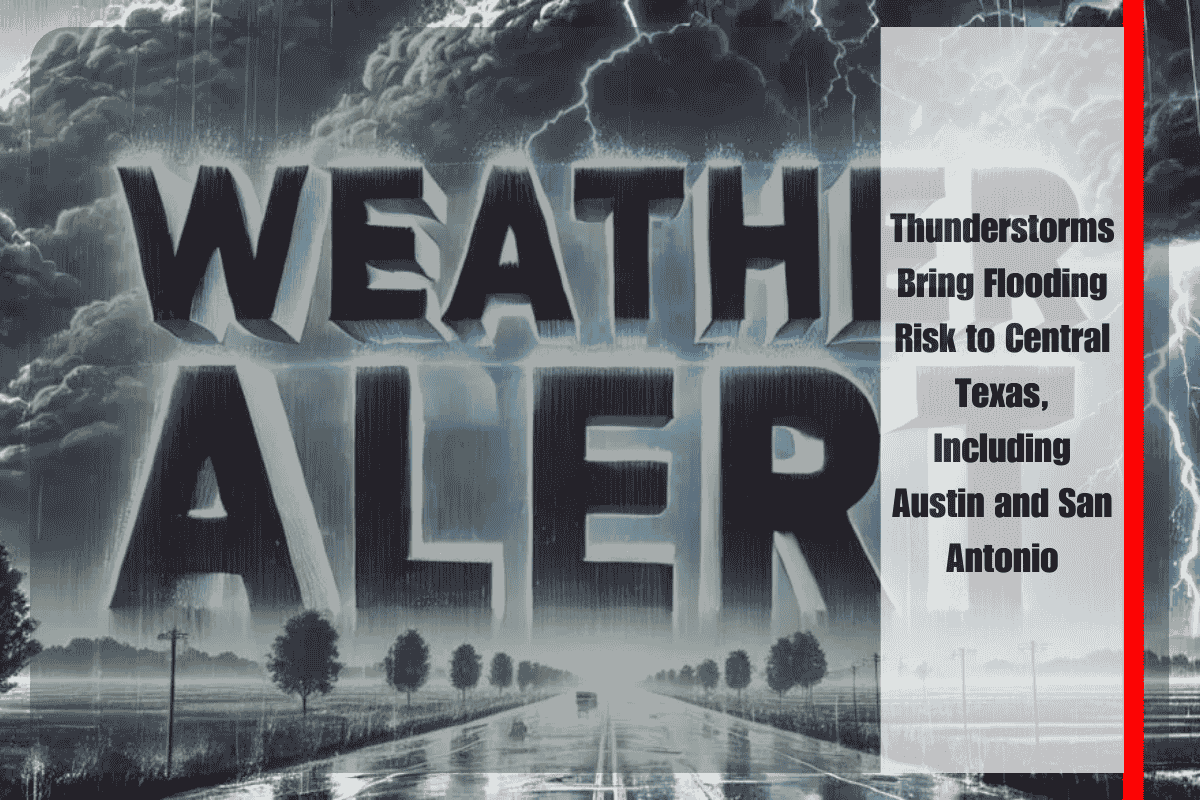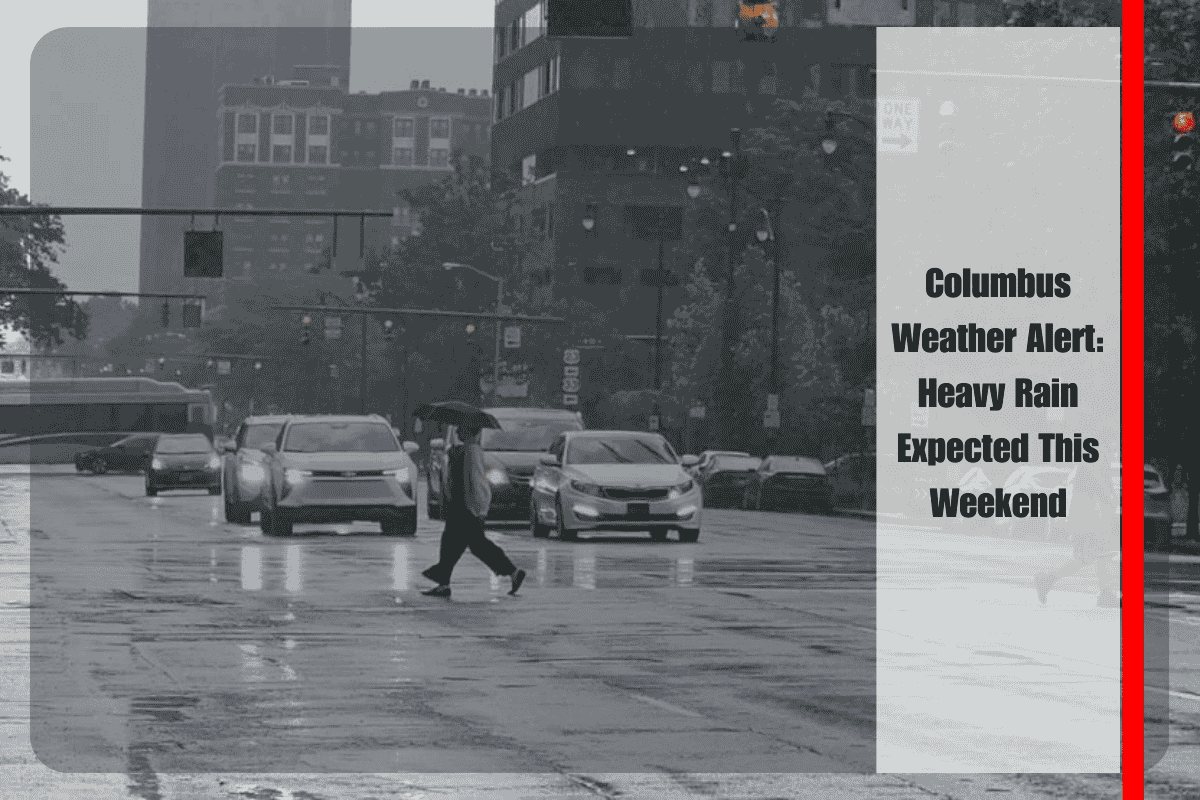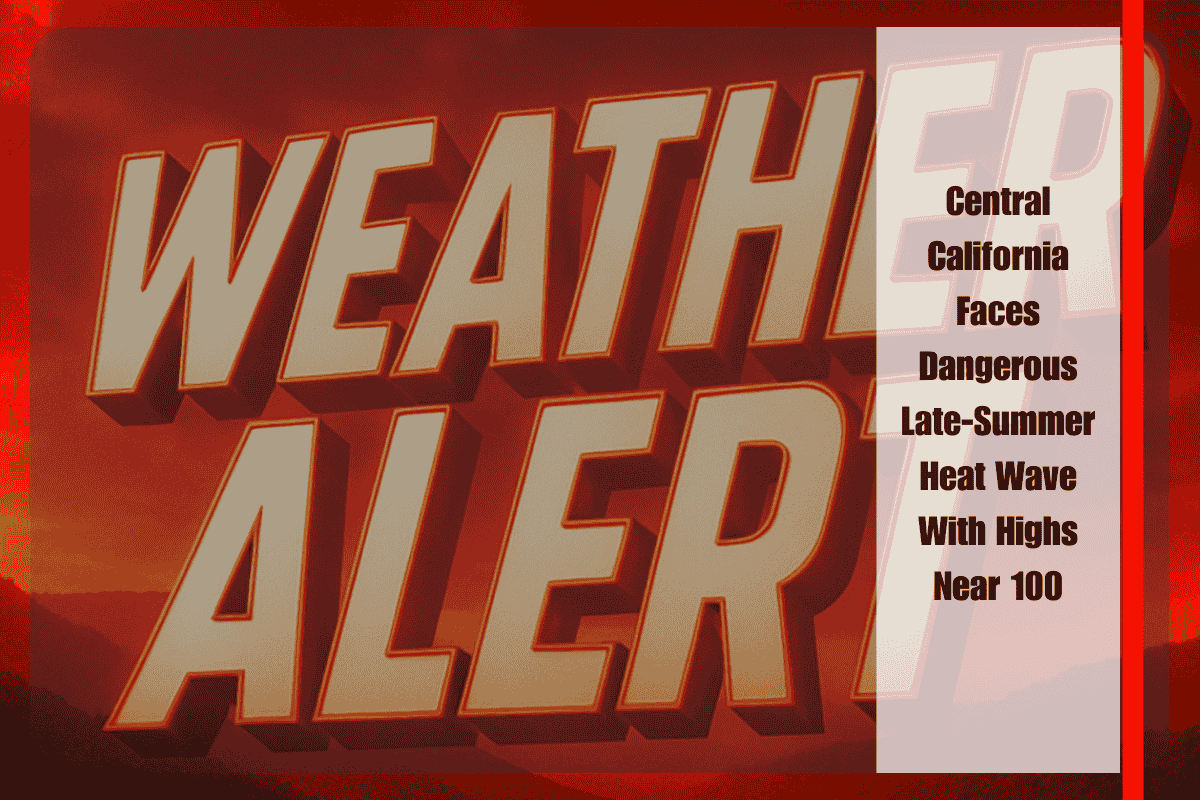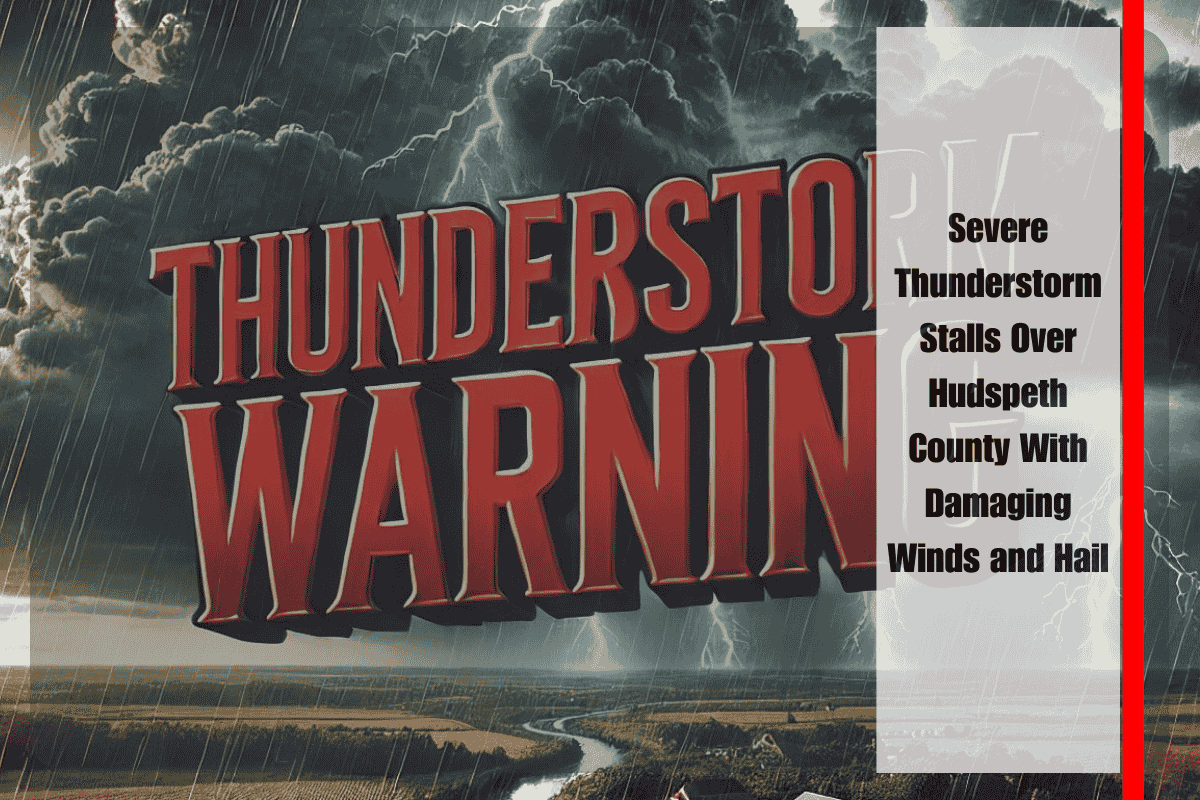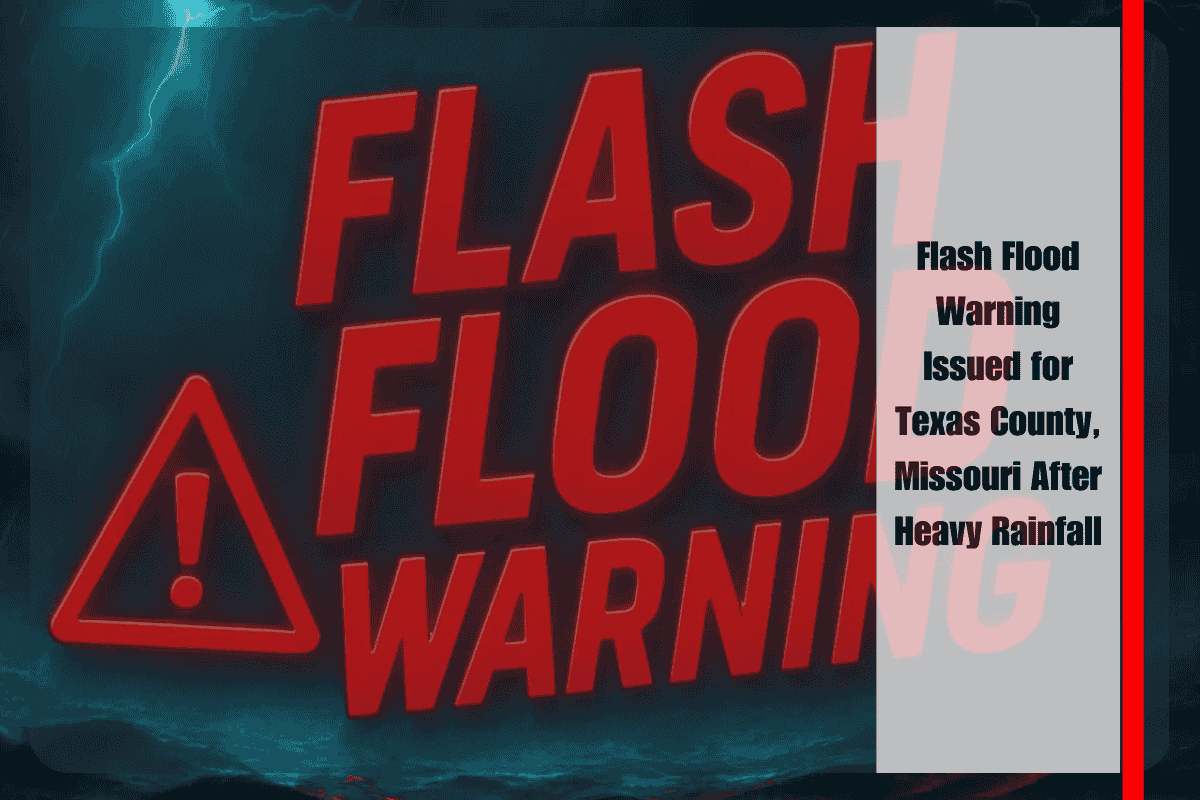Central Texas, including Austin, San Antonio, and the Hill Country, is facing severe thunderstorms this Tuesday afternoon, bringing heavy rain, frequent lightning, and the potential for flooding. As downpours intensify, roads could quickly become slick, making travel hazardous, especially during the evening commute.
The National Weather Service in Austin-San Antonio reports that the rain, which started moving in from the Houston area earlier this morning, is now expanding westward. Stronger storm cells are developing across Travis, Bexar, Comal, and Hays counties. Some of these storms are expected to bring intense rainfall, with rates exceeding an inch per hour, along with frequent lightning.
Communities such as Round Rock and New Braunfels are already experiencing steady rainfall, while areas like San Marcos and San Antonio are expected to face heavier downpours throughout the late afternoon. In the Hill Country, particularly around Fredericksburg and Kerrville, drivers should anticipate reduced visibility on major routes like U.S. 281 and I-10.
The heavy rains pose a significant flash flooding risk, especially along low-water crossings, which could become dangerous and impassable. Central Texas is particularly vulnerable to flash flooding when storms stall, as seen during past flood events in September. Residents are advised to avoid low-water crossings, stay alert to rapidly changing road conditions, and avoid driving in areas prone to flooding.
In addition to flash flooding, the storms are expected to last into the night, with additional showers possible through Wednesday morning. There is also the potential for more advisories to be issued if rainfall intensifies in the coming hours.
To stay safe, residents should take the following precautions:
- Avoid low-water crossings.
- Charge electronic devices in case of power outages.
- Monitor road conditions before heading out.
